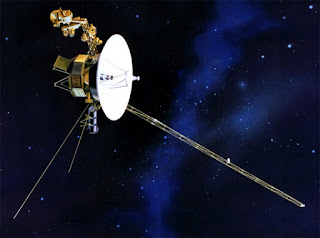Voyager Missions Success
 |
| Voyager Missions Success |
Voyager Missions Success
The
Voyager 1 and 2 spacecraft were launched by NASA in 1977 to investigate the
furthest regions of the solar system and beyond. As a consequence of the work
of these spacecraft, which have developed into
some
of the most well-known and successful missions in the history of space
exploration, our understanding of the outer planets and the cosmos beyond has
significantly improved.
On
September 5, 1977, Voyager 1 was launched, and on August 20, 1977, Voyager 2
was launched. The two spacecraft, which were dispatched on various courses to
study the outer planets of our solar system, were almost similar in terms of
their designs and instruments. Although Voyager 2 also travelled to Uranus in
1986 and Neptune in 1989, Voyager 1 passed by Jupiter in 1979 and Saturn in
1980.
The
discovery of active volcanoes on the Jupiter-orbiting moon Io was one of the
most thrilling discoveries revealed by the Voyager missions. After observations
by Voyager 2, it was discovered that the petrol and dust eruptions that Voyager
1 had seen were emanating from active volcanoes on the surface of Io. This
finding transformed how we think about the moons.
We
were also shown breathtaking photos of the planets that the Voyager spacecraft
visited. For instance, Voyager 2’s close-up photographs of Uranus and Neptune
revealed the intricate weather patterns and moons of these planets. We also
received in-depth pictures of Saturn’s rings from the spacecraft, which had
never been viewed up close before.
The Voyager missions’ capacity to keep sending data back to Earth long after their initial missions were completed is one of their most amazing accomplishments. Even though they have already departed the solar system and are moving into interstellar space, Voyagers 1 and 2 are still sending data back to Earth. Voyager 1 really made history in 2012 when it became the first spacecraft to escape the solar system.






No comments